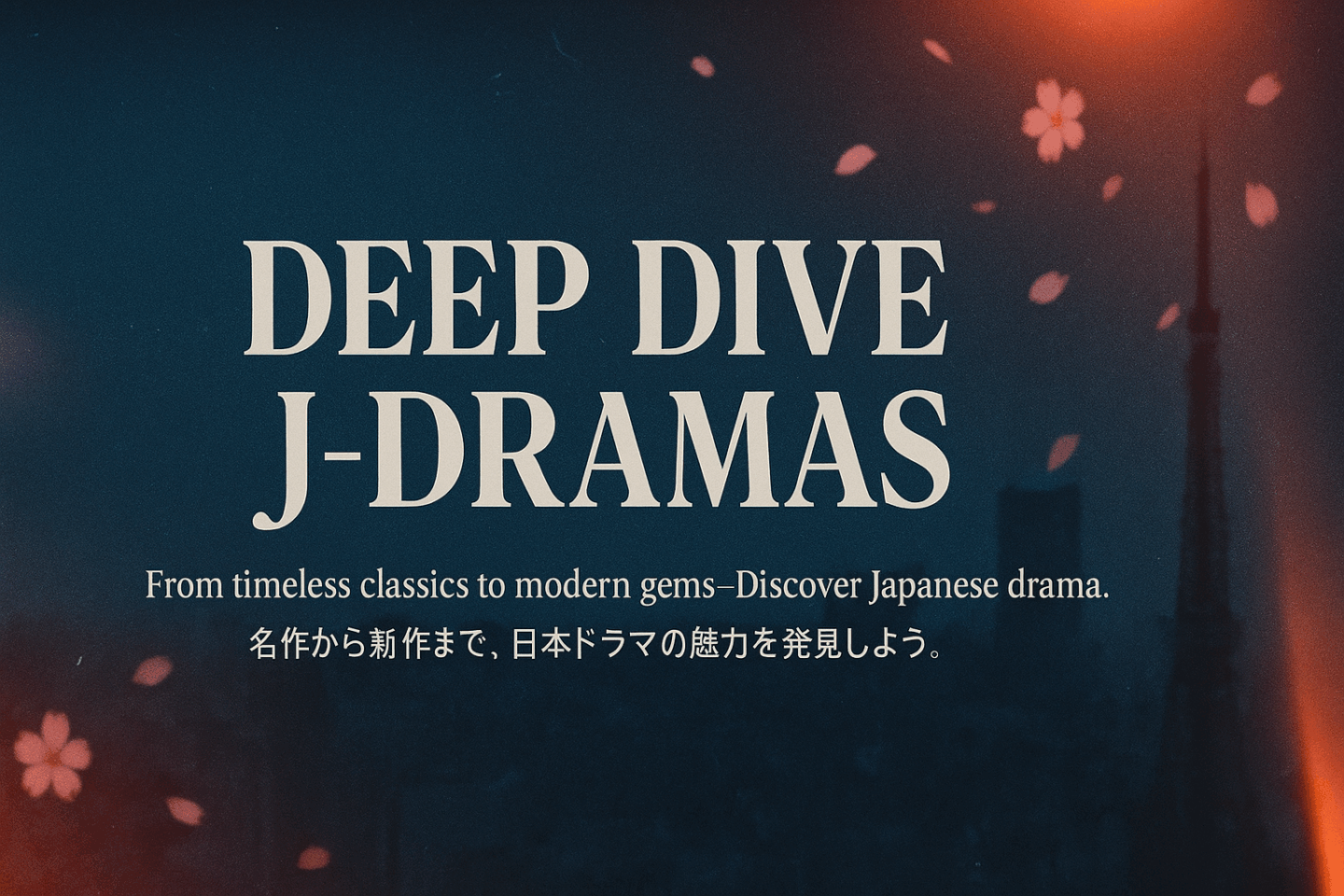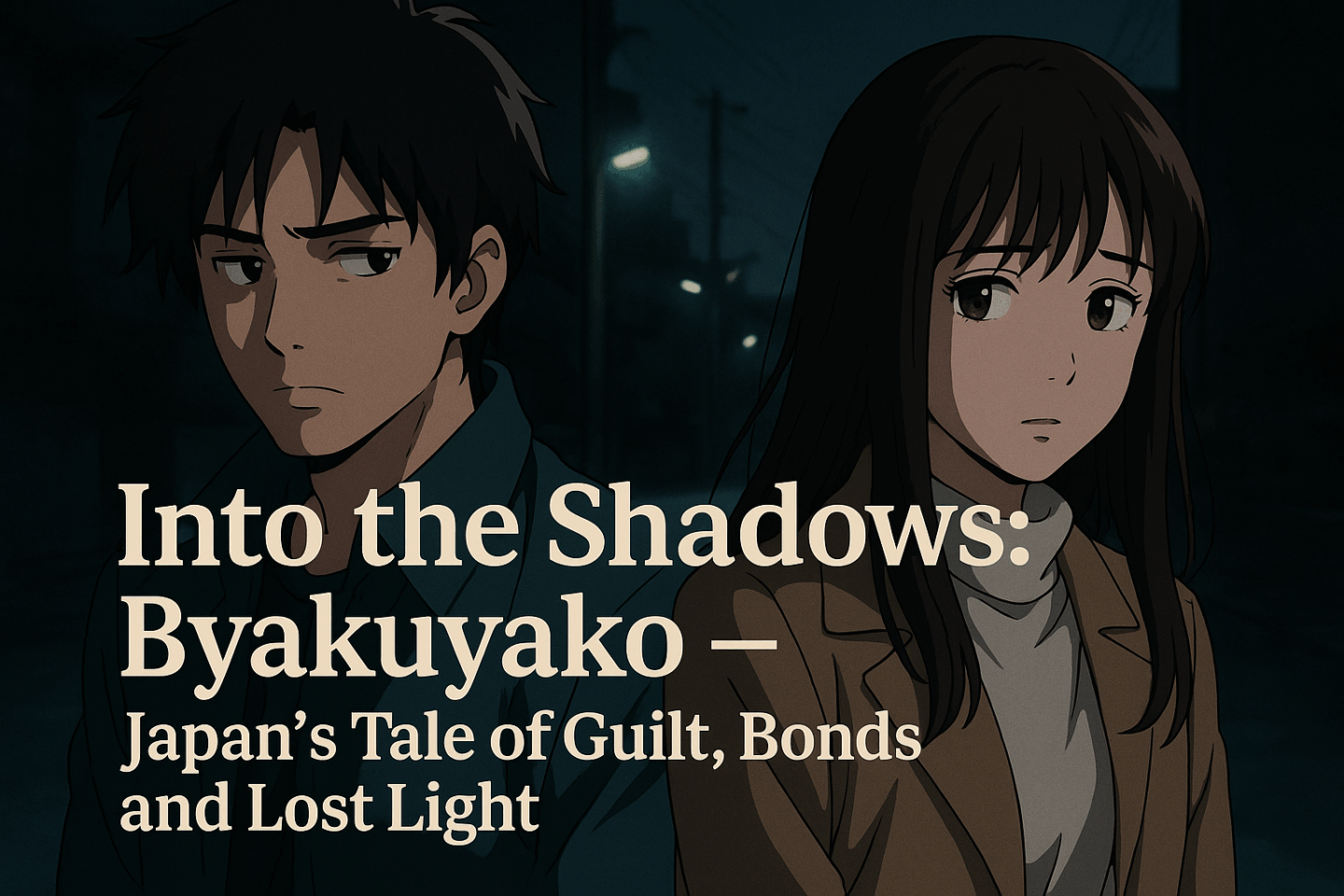🧩 The Plot
“Byakuyako” (Into the White Night) is a haunting psychological drama centered on two children, Ryoji and Yukiko, whose traumatic childhoods bind them together in a pact of survival and silence. After a shocking murder in their youth, the two separate but continue to live in the shadows of their crime, navigating adulthood with a shared but unspoken past. Over 14 years, their bond evolves into something both beautiful and tragic. Despite never speaking again, they shape each other’s destinies from afar.
🎵 Theme Song
“Kage” by Kou Shibasaki
This haunting ballad mirrors the series’ somber tones and ambiguous morality. The word “kage” means “shadow” in Japanese, which directly reflects the duality of the characters living secret lives. The song is a melancholic echo of the characters’ emotional distance and enduring pain.
▶️ Listen on YouTube
◆UNIVERSAL MUSIC JAPAN 柴咲コウ オフィシャルサイト
🎶 Insert Song
The original soundtrack composed by Shin Kono (famed for “Sekai no Chuushin de, Ai wo Sakebu”) enhances each emotionally intense scene. Strings and ambient piano pieces evoke isolation, moral ambiguity, and longing.
❤️ Why Foreign Viewers Love Byakuyako
- Deep Character Psychology: Ryoji and Yukiko are complex, morally grey characters shaped by trauma and survival.
- Emotional Depth: The show explores how unresolved childhood trauma affects adult relationships, creating a heartbreaking but captivating experience.
- Narrative Structure: The use of flashbacks, fragmented memories, and nonlinear storytelling appeals to fans of high-concept crime thrillers.
🗾 Cultural Keywords
- Shakai (Societal Pressure): Japanese society often prioritizes saving face over confronting dark truths, something both protagonists mirror.
- Jidou Yougo Shisetsu (Children’s Welfare Facilities): Yukiko’s background sheds light on the stigma and struggles faced by institutionalized youth.
- Tatemae vs. Honne: The central characters live dual lives—a public face versus their private reality.
💡 Cultural Gap Insight: Foreign audiences might find it puzzling that Yukiko’s silence and emotional suppression are seen as strength in the Japanese context, rather than dysfunction.
📍 Real-Life Locations
- The drama was filmed in Tokyo and its surrounding prefectures, with several symbolic scenes shot in libraries and abandoned buildings—representing safe spaces and hidden trauma.
- A notable location is the library, a recurring motif that embodies the protagonists’ desire for escape and knowledge.
📺 Where to Watch
- DVD Box Sets available on Amazon Japan.
- Not currently available on Netflix (as of June 2025).
- May be accessible via region-specific streaming platforms with Japanese drama collections.
📝 Based on the Novel
Keigo Higashino’s best-selling novel takes a unique approach by never showing the protagonists’ perspectives directly. Instead, it builds their stories through others’ viewpoints, intensifying their mystery. The drama adaptation adds emotional depth by focusing on Ryoji and Yukiko’s inner conflicts.
💬 Notable Quote
“It was always night for me. But it wasn’t dark. There was something in place of the sun. It wasn’t bright, but it was enough.”



